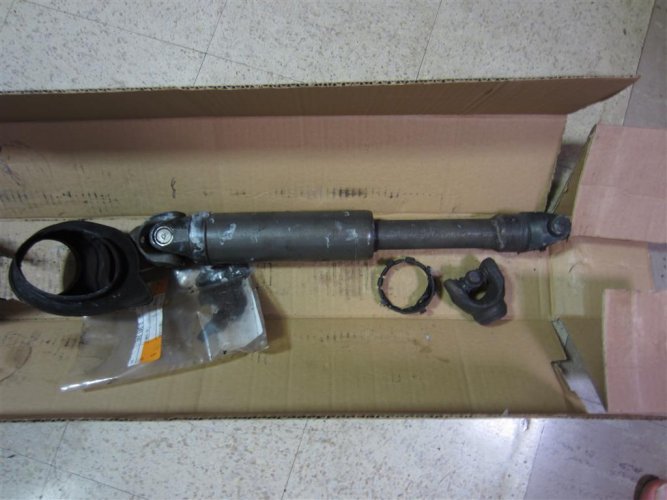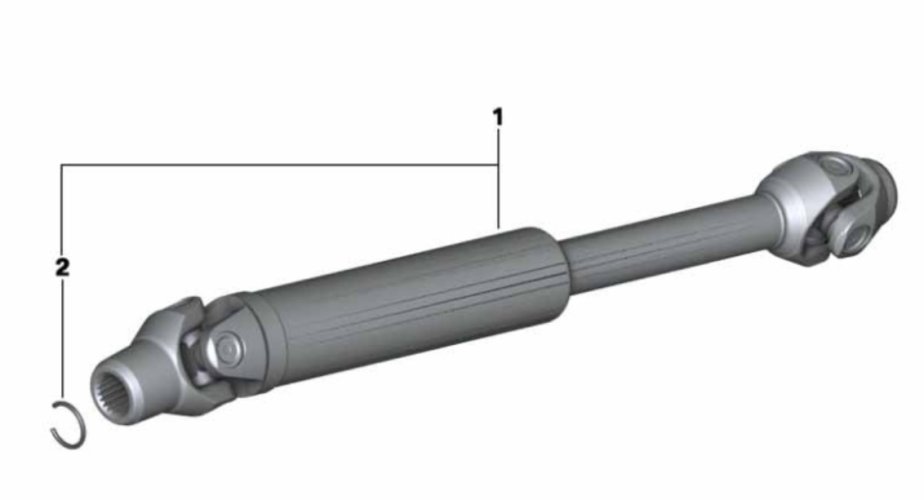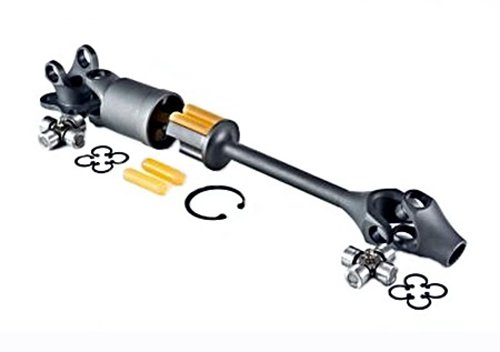I'm not sure if I even know what drive shaft phasing is. I ask about it because last summer I had a rewired stator installed by my dealer in my high mileage 2015 RT. Less than 2 weeks before the stator went bad I had the bike well into triple digits with no more vibration than before. In fact that bike always seemed smoothest vibration wise between 90 and 100. After getting the bike back later that summer the bike felt fine. Shortly before we headed south for the winter on the new RT late last year I had an occasion where the traffic and road conditions made me feel comfortable going fast on that bike . At 90 the bike had noticeably more vibration than before the stator replacement. I let it get up to 100 to see if the vibration might change but it got worse. In years past there were times in the far west where we could set the cruise control at 100. Now the bike vibrates so bad at that speed that i am afraid it will self destruct. Someone at a dealership here in Florida told me that maybe the shaft was installed out of phase.
What is driveshaft phasing and do modern bikes require certain shaft phasing? Or does someone know of another reason why this bike vibrates so bad now. I would not have spent all that money having a stator rebuilt and then installed on this bike if it vibrated like this. I did do because I felt with the new stator the bike would be fine for another 100k
What is driveshaft phasing and do modern bikes require certain shaft phasing? Or does someone know of another reason why this bike vibrates so bad now. I would not have spent all that money having a stator rebuilt and then installed on this bike if it vibrated like this. I did do because I felt with the new stator the bike would be fine for another 100k



